How Often Should You Bathe Your Pet?
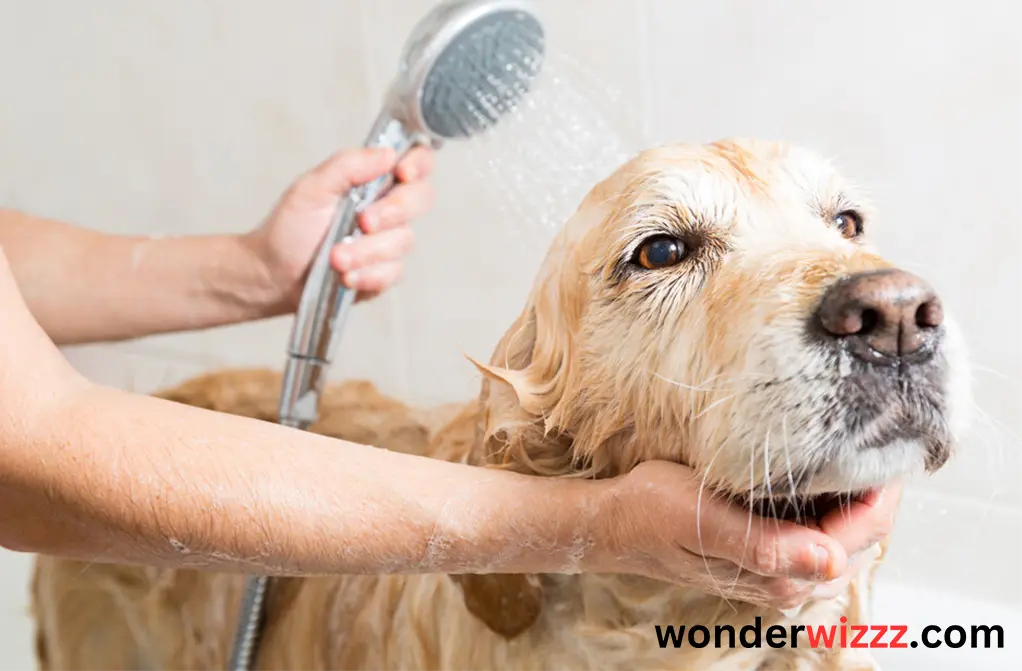
Introduction
Keeping your pet clean is important for their health and happiness. Regular baths help remove dirt and prevent skin problems. But how often should you scrub your furry friend? Let’s explore this together.
A. Importance of pet hygiene
Pets, like people, need to stay clean to stay healthy. Bathing helps remove dirt, bacteria, and parasites from their fur and skin. It also prevents bad smells and keeps their coat shiny and soft. Just like how we feel good after a shower, pets feel better after a bath too.
B. Common misconceptions about bathing frequency
Some people think that pets should be bathed every day, but that’s not true for most animals. Bathing too often can strip away natural oils from their skin, leading to dryness and irritation. On the other hand, some may believe that pets don’t need baths at all, but regular grooming is essential for their well-being. So, finding the right balance is key.
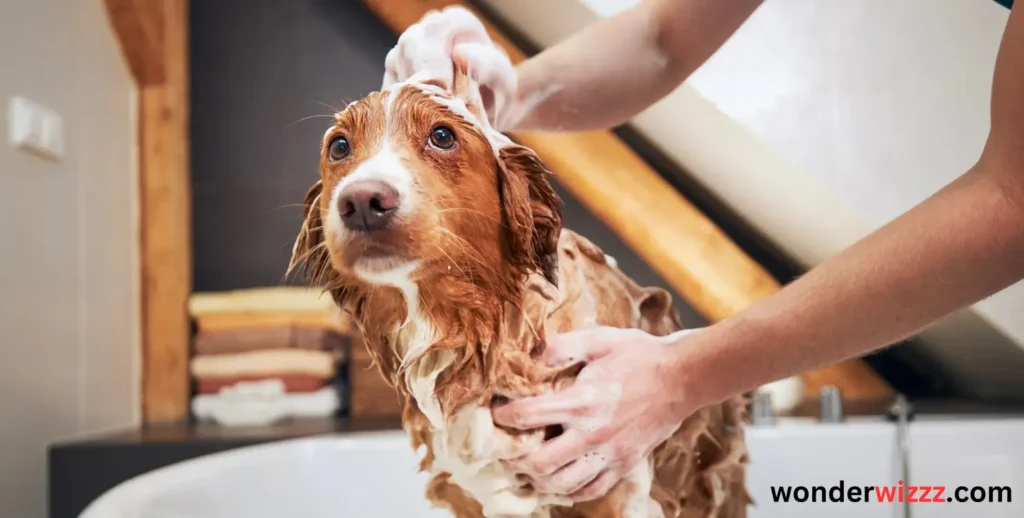
Factors influencing bathing frequency
When deciding how often to bathe your pet, it’s important to consider several factors that can affect their bathing needs.
A. Type of pet
- Dogs: Dogs come in various breeds and sizes, each with different grooming needs. While some breeds may need frequent baths due to oily coats or outdoor activities, others may require less frequent baths to maintain their natural oils.
- Cats: Most cats are self-groomers and typically do not need frequent baths. However, long-haired breeds or cats with certain health conditions may benefit from occasional baths to prevent matting and skin issues.
- Small mammals (e.g., rabbits, guinea pigs): These pets generally do not require baths and can keep themselves clean through grooming. However, spot cleaning with a damp cloth may be necessary for soiled areas.
- Birds: Birds have unique grooming habits and often bathe themselves by splashing water. Depending on the species, some birds may need occasional misting or bathing to maintain healthy feathers.
B. Coat type and length
The length and type of your pet’s coat play a significant role in determining their bathing frequency. Long-haired pets may need more frequent baths to prevent matting and tangles, while short-haired breeds may require less frequent bathing.
C. Activity level
Pets that spend a lot of time outdoors or engage in activities that get them dirty may need more frequent baths to keep them clean and healthy.
D. Skin conditions and allergies
Pets with skin conditions or allergies may require special bathing schedules and hypoallergenic shampoos to avoid aggravating their skin problems. Consulting with a veterinarian can help determine the best bathing frequency and products for your pet’s specific needs.
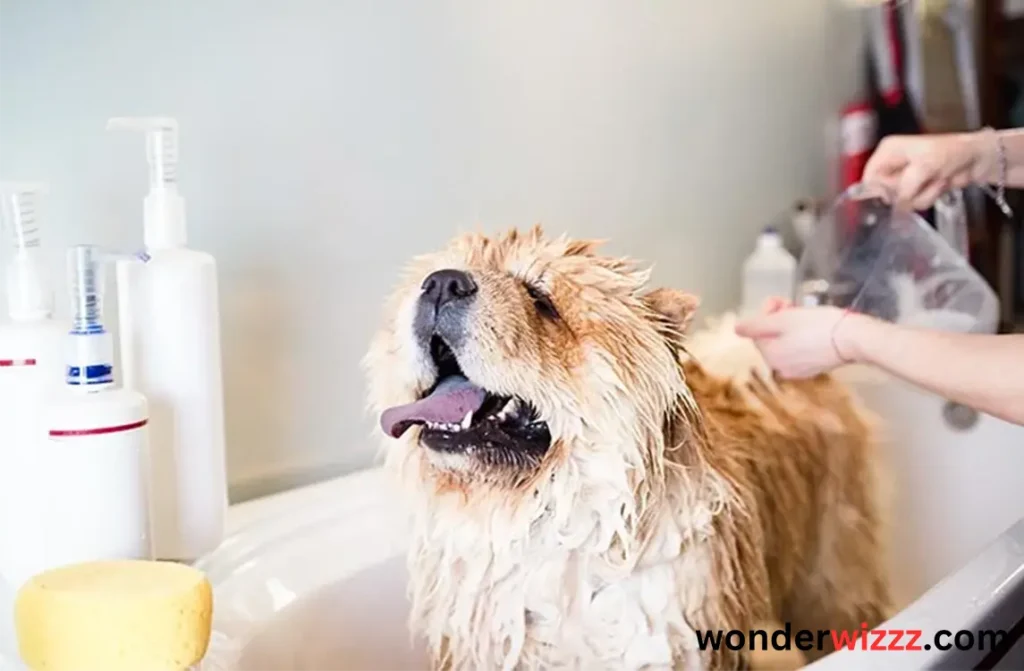
General guidelines for bathing frequency
Understanding some general guidelines can help you determine how often to bathe your pet.
A. Veterinarian recommendations
Consulting with your veterinarian is crucial for establishing a proper bathing schedule tailored to your pet’s individual needs. They can provide advice based on factors such as your pet’s health, breed, and any specific skin conditions.
B. Breed-specific considerations
Different breeds have different grooming requirements. Some breeds may need more frequent baths to maintain their coat and skin health, while others may need less frequent bathing. Researching your pet’s breed characteristics can give you insight into their bathing needs.
C. Environmental factors
Consider your pet’s living environment when deciding how often to bathe them. Pets that spend a lot of time outdoors may need more frequent baths to remove dirt, pollen, and other allergens from their fur. Indoor pets may require less frequent bathing unless they have specific hygiene issues.
D. Age of the pet
The age of your pet can also influence their bathing frequency. Puppies and kittens may need more frequent baths as they explore their surroundings and may get into messes more often. Older pets may need fewer baths, but it’s essential to monitor their grooming habits and adjust their bathing schedule as needed.
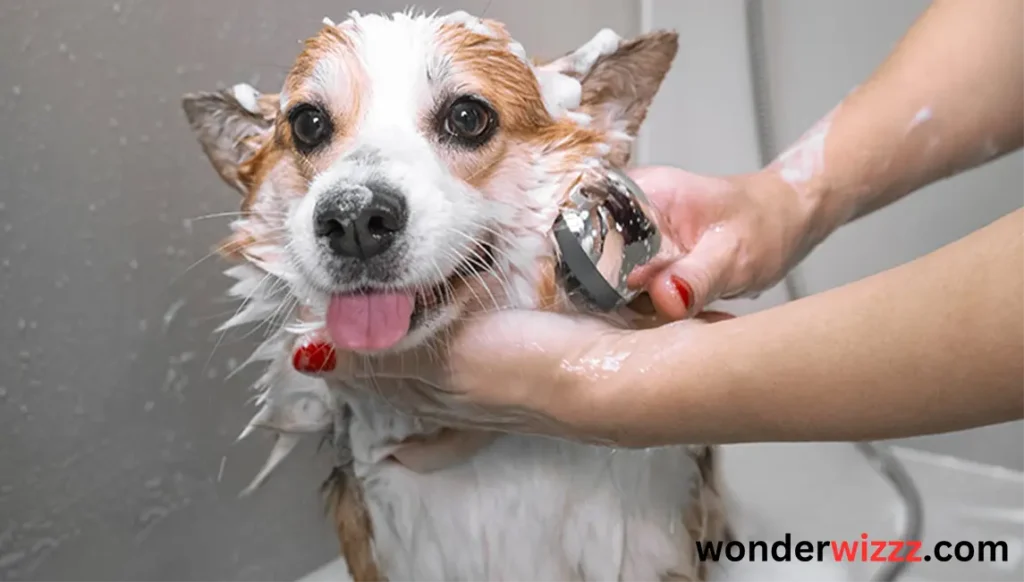
Signs that your pet needs a bath
Sometimes, our furry friends give us hints that it’s time for a bath.
A. Odor
If your pet starts to smell funky, it’s a clear sign they need a bath. Bad odors can indicate dirt or bacteria building up on their skin and fur.
B. Dirt and debris in the coat
Visible dirt, mud, or debris in your pet’s coat is another sign that they need a bath. It’s especially common for outdoor pets or those who love rolling around in the grass.
C. Skin irritation or itching
If you notice your pet scratching a lot or experiencing skin irritation, it could be a sign that they need a bath. Bathing can help remove irritants and soothe their skin.
D. Excessive shedding
Pets naturally shed their fur, but excessive shedding could be a sign of poor grooming habits or underlying skin issues. Regular baths can help control shedding and keep their coat healthy.
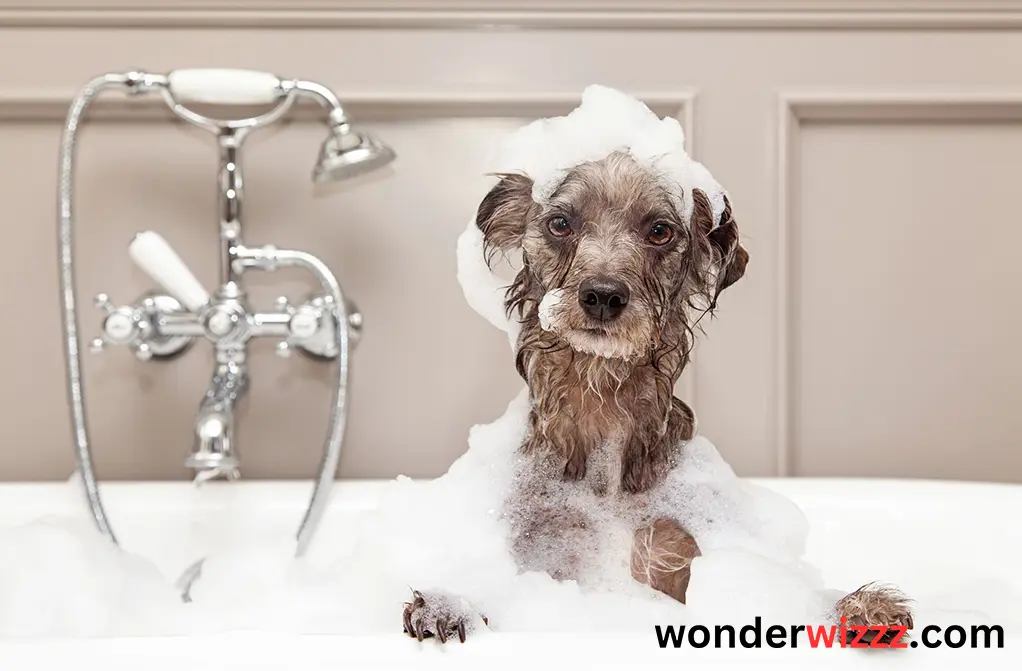
Bathing techniques and products
When it’s bath time for your pet, it’s essential to use the right techniques and products for a successful wash.
A. Choosing the right shampoo
Selecting the appropriate shampoo is crucial for your pet’s skin and coat health. Make sure to choose a shampoo specifically formulated for pets, as human shampoos can be too harsh and may irritate their skin.
B. Proper bathing methods for different pets
Different pets require different bathing techniques. For dogs, wet their coat thoroughly and massage the shampoo in, while being careful around sensitive areas like the eyes and ears. Cats may need a gentler approach, using a damp cloth or specialized cat shampoo.
C. Importance of rinsing thoroughly
After shampooing, it’s crucial to rinse your pet thoroughly to remove all traces of soap. Shampoo residue left behind can lead to skin irritation and itchiness. Use lukewarm water and ensure all suds are washed away.
D. Drying techniques
After the bath, gently towel dry your pet to remove excess water. Avoid using a hairdryer, as the noise and heat can stress out your pet. For dogs with long coats or thick fur, consider using a pet-safe blow dryer in a low, cool setting.
Special considerations
Certain pets require extra attention and care when it comes to bathing.
A. Puppies and kittens
Young animals, like puppies and kittens, have delicate skin and may not need frequent baths. It’s essential to use gentle shampoos and avoid overwhelming them with too many baths too soon.
B. Senior pets
Senior pets may have mobility issues or health concerns that make bathing more challenging. They may benefit from shorter, gentler baths and extra support during the process.
C. Pets with medical conditions
Pets with medical conditions, such as allergies or skin infections, may require specialized bathing routines prescribed by a veterinarian. These baths may include medicated shampoos or specific techniques to address their unique needs.
D. Grooming frequency for show animals
Animals participating in shows or competitions often require frequent grooming to maintain their appearance. This grooming may include regular baths, brushing, and coat trimming to meet specific breed standards.
Conclusion
After exploring the factors influencing bathing frequency and the importance of proper grooming, let’s recap the key points and emphasize why regular grooming is essential for your pet’s health and well-being.
A. Summary of key points
We’ve learned that the frequency of bathing your pet depends on factors like their breed, coat type, and activity level. Signs that your pet needs a bath include odor, dirt in their coat, skin irritation, and excessive shedding. Choosing the right shampoo, proper bathing techniques, thorough rinsing, and gentle drying are crucial for a successful bath. Special considerations should be made for puppies, kittens, senior pets, those with medical conditions, and show animals.
B. Importance of regular grooming for pet health and well-being
Regular grooming is more than just keeping your pet looking good; it’s vital for their overall health and well-being. Bathing removes dirt, bacteria, and parasites from their skin and coat, preventing skin issues and bad odors. Proper grooming also helps to distribute natural oils, keeping their skin moisturized and their coat healthy and shiny. Additionally, grooming provides an opportunity to check for any signs of skin problems, injuries, or abnormalities, allowing for early detection and treatment. Overall, regular grooming promotes a happy, healthy life for your beloved pet.
People also ask
Is it fine to bathe a dog every week?
Bathing a dog once a week can be too frequent for most dogs. Every 4-6 weeks is usually enough.
How often should I bathe my cat?
Cats typically groom themselves and usually don’t need baths unless they get very dirty or have health issues.
How do you know when your dog needs a bath?
Signs include bad odor, visible dirt, itching, and excessive shedding.
How often should I bathe my golden retriever?
Golden retrievers generally need baths every 6-8 weeks unless they get very dirty or have skin issues.
How often do dogs need baths?
Most dogs need baths every 4-6 weeks, but it varies based on breed, coat, and lifestyle.
Can I bathe my dog every 2 days?
Bathing a dog every 2 days can strip their skin of natural oils and lead to dryness and irritation.



